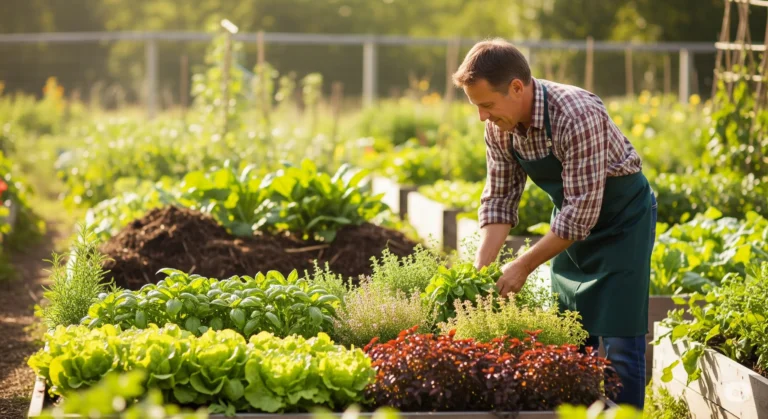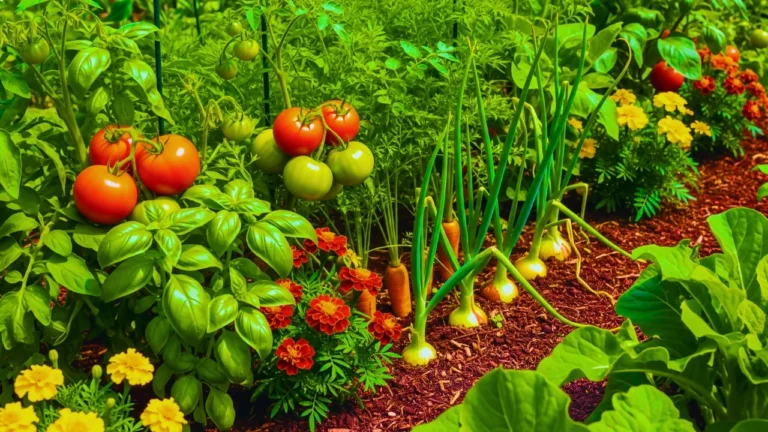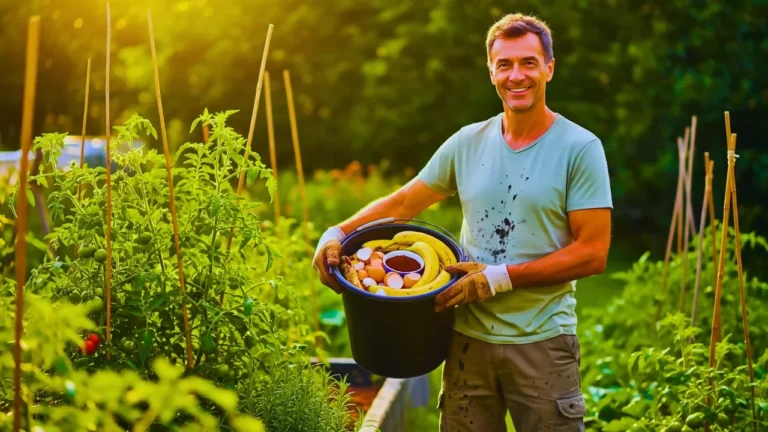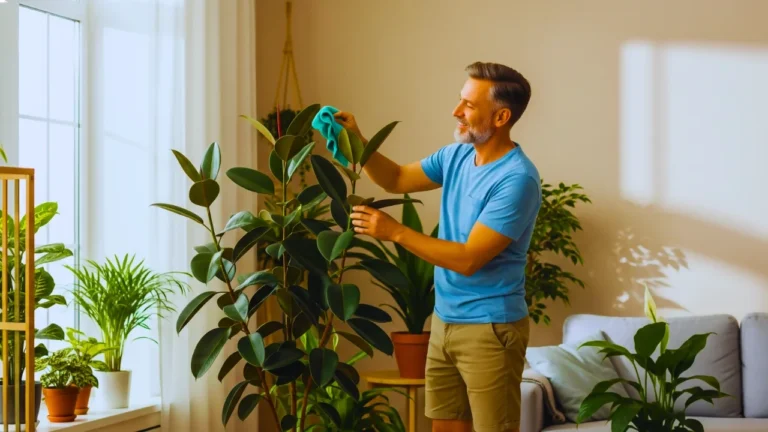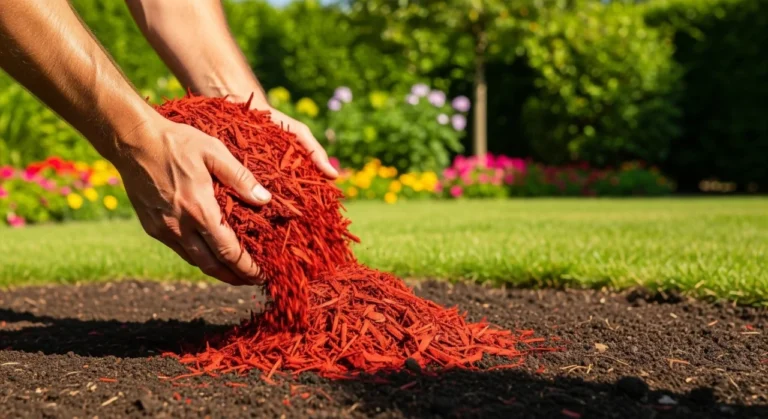5 Ingenious Steps to Conquer rainwater harvesting for garden
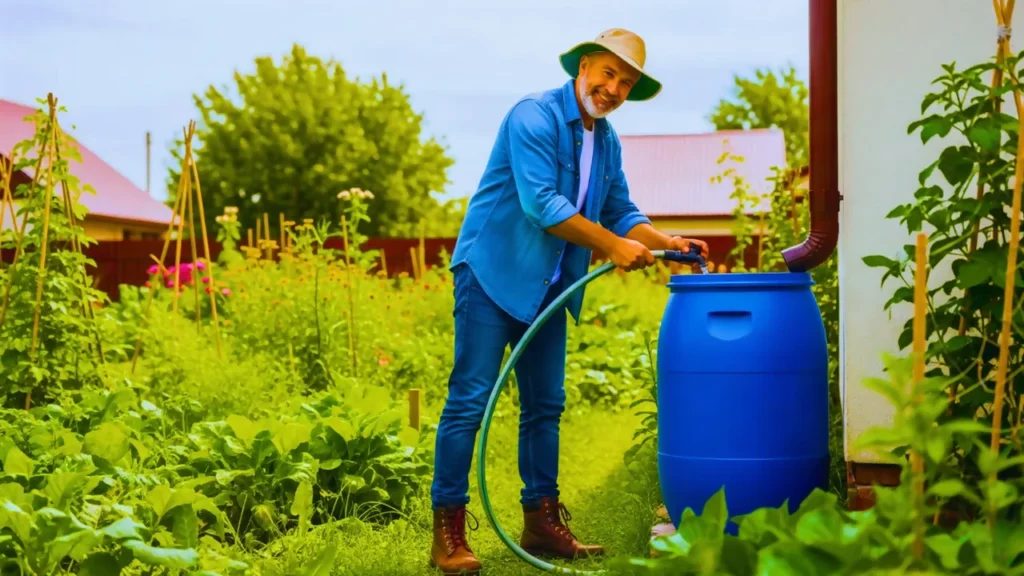
Introduction
Water is essential to you and your garden. With rising water bills and expanding droughts, many gardeners are turning to one of the oldest and endlessly sustainable sources of water: rainwater. With rainwater harvesting for garden care, you can save money, reduce your environmental footprint, and nurture your plants naturally. Whether you garden in a small backyard or larger farmstead, harvesting rainwater is smart and sustainable.
In fact, according to the U.S. Environmental Protection Agency (EPA), in the summer, upward of 40% of household water use is for outdoor watering (source). Capturing rainwater has strong potential to reduce the percentage of outdoor water use and will make your garden and landscape more resilient.
In this guide, we will break down five straightforward and effective rainwater harvesting for garden strategies, best practices for setup, tools we love (with affiliate links), and clever ways to use your collected rainwater in your garden.
1. Construct a Rain Barrel System
Rain barrels are the easiest and cheapest way to capture rainwater for the garden. You simply need to place the barrel below a downspout or gutter and capture excess rainwater from your roof. When it rains, rainwater is filtered as it flows into the barrel to avoid debris, and can be poured out later using a spigot or hose attachment.
Using a BPA-free, UV-resistant rain barrel is also a safer choice long-term. For a go-to option, check out this great and affordable rain barrel we recommend on Amazon for its ease of use and stability/secure fittings.
Here are some tips on how you can set up your new rain barrel system:
- Elevate the barrel with a few cinder blocks to make handling the spout easier.
- Install a gutter diverter at the outlet of your downspout to help with overflow.
- Use mesh screening on the top to help block mosquitoes and leaves.
Rain barrels are intended for capturing water to water your vegetables, herbs, and flowers using a gravity-fed hose or watering can. Rain barrels require no electricity and are a great way to start on the road to sustainable gardening.
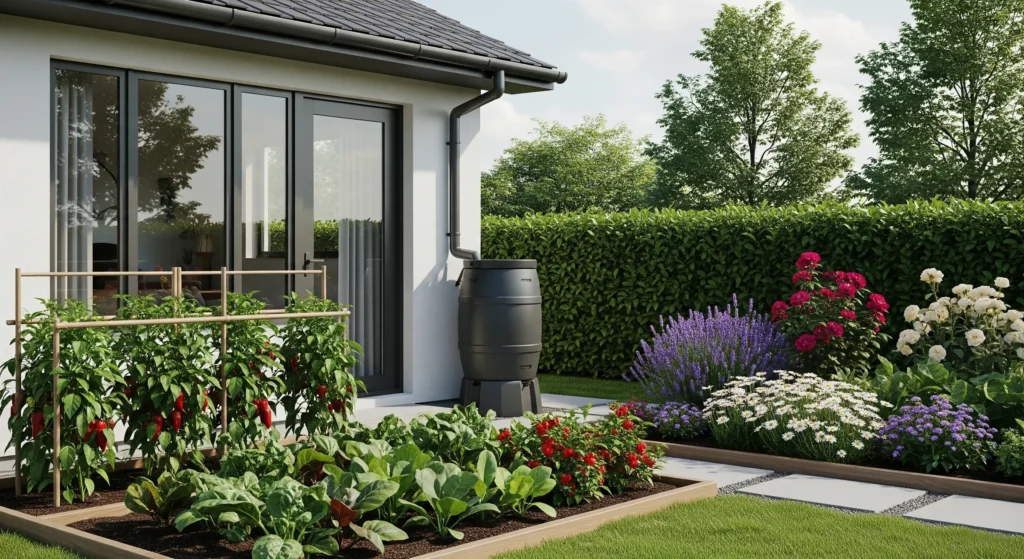
2. Create a DIY Rain Garden
A rain garden is a shallow depression filled with native plants and organic soil that will naturally collect and filter rainwater harvesting for garden runoff. It collects rainfall and allows the water to slowly run off and soak into the ground, watering plants with deep roots and helping to minimize soil erosion or flooding.
You can install these in areas that may have water pooling after rainfall, such as close to a driveway, patio, or slope.
To Get Started:
- Dig out a shovel basin (at least 6–8 inches deep).
- Layer the bottom with mulch, gravel, and soil with compost.
- Then plant tough natives, such as coneflowers, black-eyed Susans, or even sedges.
Rain gardens serve a purpose, but are also stunning. They act like little wetlands, attracting pollinators, enhancing garden biodiversity, while reducing wasted water.
Bonus Tip: Pair this with compost or homemade fertilizer that can be found here:
5 Easy Homemade Fertilizer Options For A Thriving Garden
3. Add Gutter Diverter & Storage Tank
If you’re a gardener blessed with additional space, adding either an underground or above-ground gutter diverter system with a storage tank is a possible long-term solution to harvest rainwater. Gutter diverter systems could divert your rain water from rooftops and store it between 200-500 gallons or more in an above-ground or underground tank, either a food-safe plastic or concrete tank, being larger in capacity than a barrel.
Why?
- So you can possibly harvest hundreds of gallons every rainfall.
- So you can connect it to your drip irrigation.
- So you may have to worry about rainfall and or drought, because there will never be a shortage of water with a diverter system.
What you’ll need:
- Gutter diverter
- First-flush diverter (to avoid the first rain debris)
- Large storage tank (200–500 gallons or more)
- Filtration system
While this method does take more work and resources, it pays off with maximum utility and efficiency. Pair it with a battery-operated drip timer, and you get all the benefits of having collected rainwater for automatic irrigation and care, instead of municipal/city water.
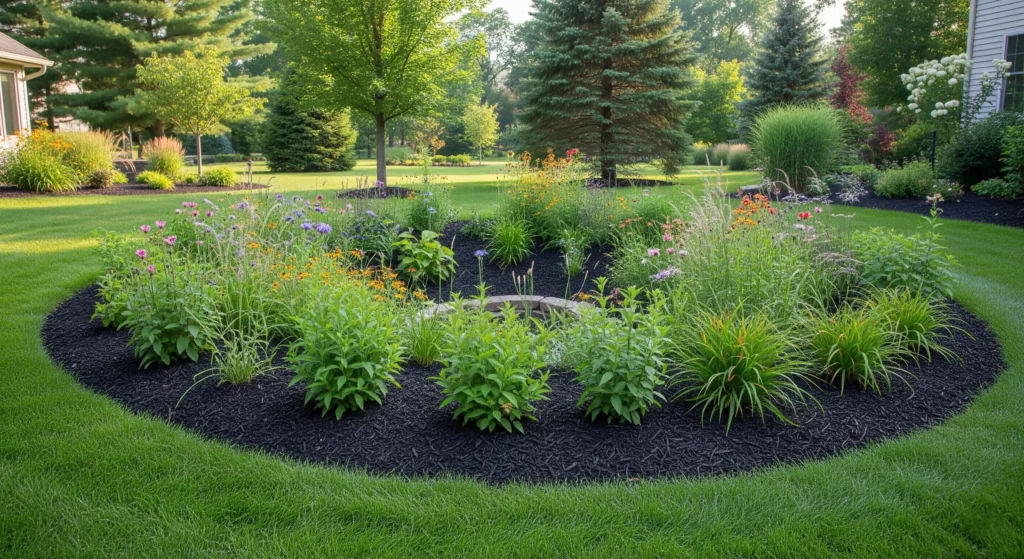
4. Rain Chains and Collection Basins
Rain chains and collection basins are a beautiful addition to any water harvesting system. Rain chains replace standard downspouts, with decorative metal chains that entice water off of your roof and into a collection basin or barrel beneath. Collecting rain is both beautiful and functional!
Benefits:
- Provides visual interest and the relaxing sound of water running when it rains.
- Slows down the water flow of precipitation and helps reduce soil erosion.
- Can direct water into a barrel, pond, or even right into a rain garden.
DIY Tip: Use a large ceramic or stone pot full of river rocks as your rain collection basin. Be sure that it has drainage holes or connects to a larger underground reservoir or enclosed box.
Pro tip: When using rain chains and collection basins, urban gardeners can add beauty and sustainability to their gardens.
5. Greywater + Rainwater = A Smart Combination
While this article exclusively focuses on rainwater harvesting for the garden, many eco-conscious and sustainable gardeners are heuristically using greywater (recycled water from sinks, bathtubs, and washing machines) in combination with rainwater harvesting. Using a dual system of irrigation will increase, maximize, and utilize the irrigation of the garden while not increasing the natural utility costs of the municipal system.
Best Practices:
- Utilize greywater from biodegradable soap sources only.
- Avoid greasy or chemically laden water.
- Never use greywater on edible leaves or root crops unless filtered.
Properly used, greywater and rainwater can help keep your garden growing healthy all year! Consider piping both sources into separate tanks and using one for part of your garden (i.e., greywater for ornamentals and rainwater for edibles).
FAQs
- Is rainwater safe for vegetable gardens?
Yes! Rainwater is usually safe for gardens, especially since it is free of many salts and chemicals usually found in tap water; just be careful to collect the water in clean containers. - How much rainwater can you collect on your roof?
You will collect about 0.6 gallons per square foot of roof area for every inch of rain. Therefore, if you have a 1,000 sq ft roof, it can produce 600 gallons of water from rain from only one inch! - Do I need a permit to collect rainwater?
Regulations will vary from location to location, but most areas allow low-scale rainwater collection. It is best to speak to your municipality or local extension office.
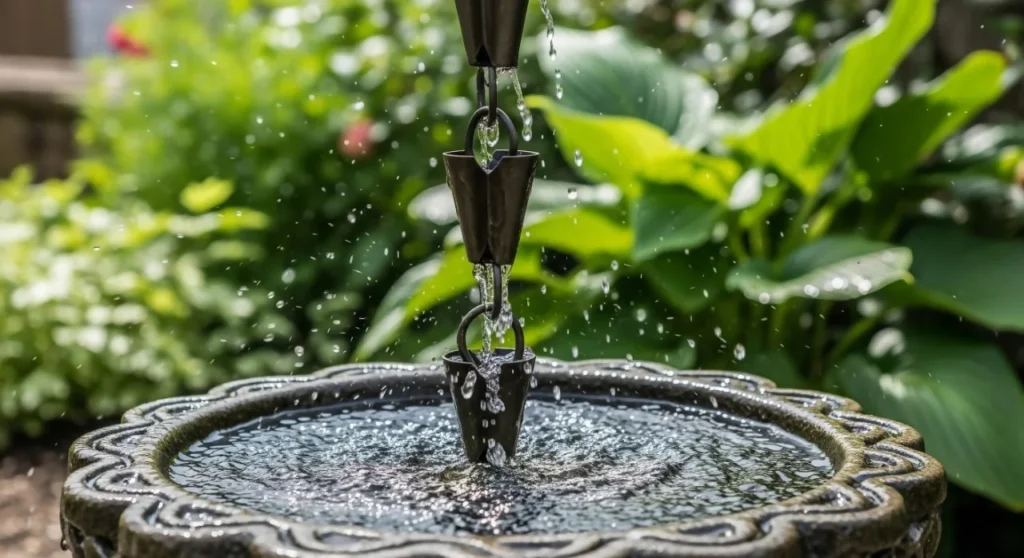
Conclusion
Rainwater harvesting for garden use is not just a trend-it’s a practical, sustainable habit that conserves money and resources, while allowing you to manage the health of your garden. Whether you’re using a barrel or a full-fledged system, every drop you’re harvesting is one less drop from the mains.
You’re not only growing your plants naturally-living in a world where some think chemicals are enhancing their gardens, but you’re joining a national (global) movement to be more self-sufficient and sustainable. Start small, grow smart, and remember the best time to start harvesting rainwater was yesterday, and the second-best time is now.
👉 Ready to jump in? Scope out the recommended rain barrel we have here on Amazon, and start harvesting today!

